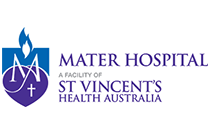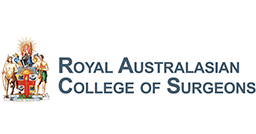Quadriceps Tendon Rupture
What is Quadriceps Tendon Rupture?
Quadriceps tendon is a thick tissue located at the top of the kneecap. The quadriceps tendon works together with the quadriceps muscles to allow us to straighten our leg. The quadriceps muscles are the muscles located in front of the thigh.
Causes of Quadriceps Tendon Rupture
Quadriceps tendon rupture most commonly occurs in middle-aged people who participate in sports which involve jumping and running. Quadriceps tear occurs by a fall, direct blow to the leg and when you land on your leg awkwardly from a jump. Other causes include tendonitis (inflammation of quadriceps tendon), diseases such as rheumatoid arthritis, diabetes mellitus, infection, and chronic renal failure which weakens the quadriceps tendon. Use of medications such as steroids and some antibiotics also weakens the quadriceps tendon.
Symptoms of Quadriceps Tendon Rupture
When the quadriceps tendon tears, the patella may lose its anchoring support in the thigh and as a result the patella sits lower. You will often be unable to straighten your knee from a bent position and upon standing the knee buckles upon itself.
Diagnosis of Quadriceps Tendon Rupture
To identify quadriceps tendon tear, your doctor will ask about your medical history and perform a physical examination of your knee. Some imaging tests, such as an X-ray or MRI scan may be ordered to confirm the diagnosis. X-ray of the knee is taken to know the position of the kneecap and MRI scan to know the extent and location of the tear.
Treatment of Quadriceps Tendon Rupture
Quadriceps tendon tear can be treated by non-surgical and surgical methods.
Non-surgical Treatment of Quadriceps Tendon Rupture
Non-surgical treatment involves use of knee braces to immobilize the knee. Crutches may be needed to prevent the joint from bearing weight. Physical therapy may be recommended to restore the strength and increase range of motion of the knee.
Surgical Treatment of Quadriceps Tendon Rupture
Surgery is usually performed on an outpatient basis. It requires an open procedure, not arthroscopically. The goal of the surgery is to re-attach the torn tendon to the patella and to restore the normal function of the knee. Sutures are placed in the torn tendon which are then passed through holes drilled in the patella. The sutures are tied at the bottom of the patella to pull the torn edge of the tendon back to its normal position.
Surgical complications include weakness and loss of motion. In some cases, the tendon which is re-attached may detach from the kneecap or tears may also recur. Other complications such as pain, infection and blood clot may be observed.
Following surgery, a brace may be needed to protect the healing tendon. Complete healing of the tendon will take about 4 months.













